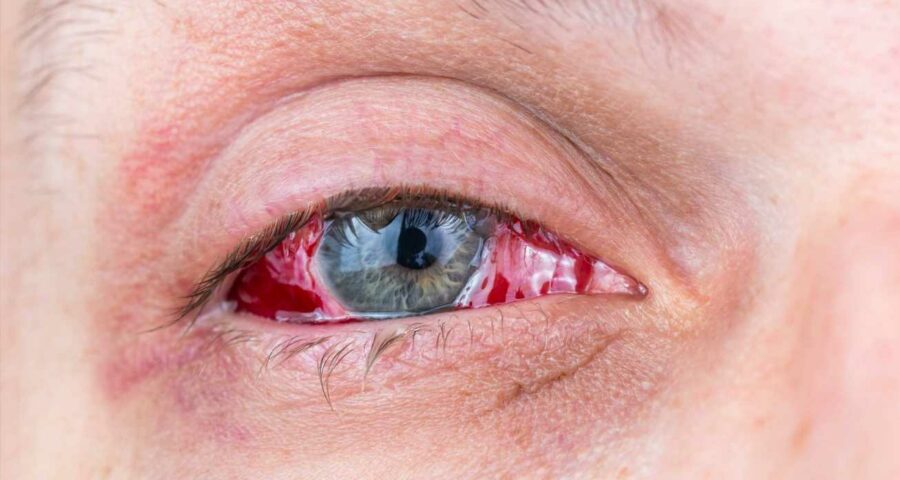ONE of the world's deadliest diseases has been discovered in France for the first time, officials say.
Scientists now fear Crimean-Congo haemorrhagic fever (CCHF) – which can make sufferer's eyes bleed – could soon reach UK shores.
The bug has been detected in ticks in the Pyrénées Orientales, which borders north-east Spain, public health authorities in France said in an update this week.
"No autochthonous cases (infections acquired in the country) have been detected in humans in France to date," they added.
CCHF is a deadly tick-borne virus, endemic in places with warmer climates such as Africa, the Balkans, the Middle East and Asia.
While rare, it kills up to 40 per cent of infected people, according to the World Health Organization (WHO).
Read more on CCHF

What is Crimean-Congo haemorrhagic fever and what are the symptoms?

Warning as man dies of 1 of world's deadliest diseases that causes eyes to bleed
In July, British scientists warned the disease could be expanding out of its usual territories and moving towards the UK and France due to climate change.
The bug had already been found in Spain, with seven cases reported between 2016 to August 2022. Three of these people died.
During a Parliament's Science, Innovation and Technology Committee meeting, Professor James Wood, head of veterinary medicine at Cambridge University, said CCHF may travel to Britain "through our ticks at some point".
Speaking to The Sun, Paul Wigley, professor of avian infection and immunity at the University of Liverpool agreed that Prof Wood was "absolutely correct" to predict the bug might soon reach the UK.
Most read in Health

Outbreak fears as scarlet fever cases surge 70% – is your child at risk?

Eating breakfast favourite ‘reduces risk of dementia by 18%’

My skin falls off in flakes – my mum had to vacuum the remains from my bed

Urgent warning over £30 sex toy that could burn women as retailers issue recall
He said: "There is always potential for virally-infected ticks to enter the country on animals or people allowing CCHF to enter the UK.
"The reliance of ticks as vectors for transmission does reduce the likelihood of widespread infection, but this is an extremely serious infection if acquired.”
CCHF symptoms include fever, muscle aches, dizziness, light sensitivity and vomiting. It can also lead to organ failure and internal bleeding.
The WHO listed CCHF as one of nine “priority diseases” that pose the biggest threat to public health in May.
Prof Isabel Oliver, of the UK Health Security Agency, said the risk to the UK population is still "very low", but it "may increase in the context of a changing climate and environment".
A report published in June revealed disease-ridden mosquitoes – carrying several diseases including Rift Valley fever – were found in 26 European countries.
Other diseases on the watch list include dengue fever, chikungunya, West Nile disease, yellow fever and zika.
Brits travelling to the Pyrénées Orientales have been told to avoid being bitten by ticks as much as possible.
It's a good idea to avoid going into areas with long grass where ticks are found, according to NHS guidance.
Read More on The Sun

One-off payment worth £185 set for thousands – check if you're getting one

Soap legend in talks to join I'm A Celebrity after 28 years on show
Those going camping or hiking, or visiting farms or animal sanctuaries, should wear long-sleeved clothing and trousers to cover their arms and legs where possible.
They should also wear insect repellent. Try to look for one which contains DEET.
Symptoms of Crimean-Congo haemorrhagic fever
SIGNS of Crimean-Congo haemorrhagic fever include:
- Fever
- Muscle ache
- Neck pain and stiffness
- Backache
- Headache
- Sore eyes
- Dizziness
- Light sensitivity
- Vomiting
- Nausea
- Diarrhoea
- Abdominal pain
- Sore throat
Source: The WHO
Source: Read Full Article

